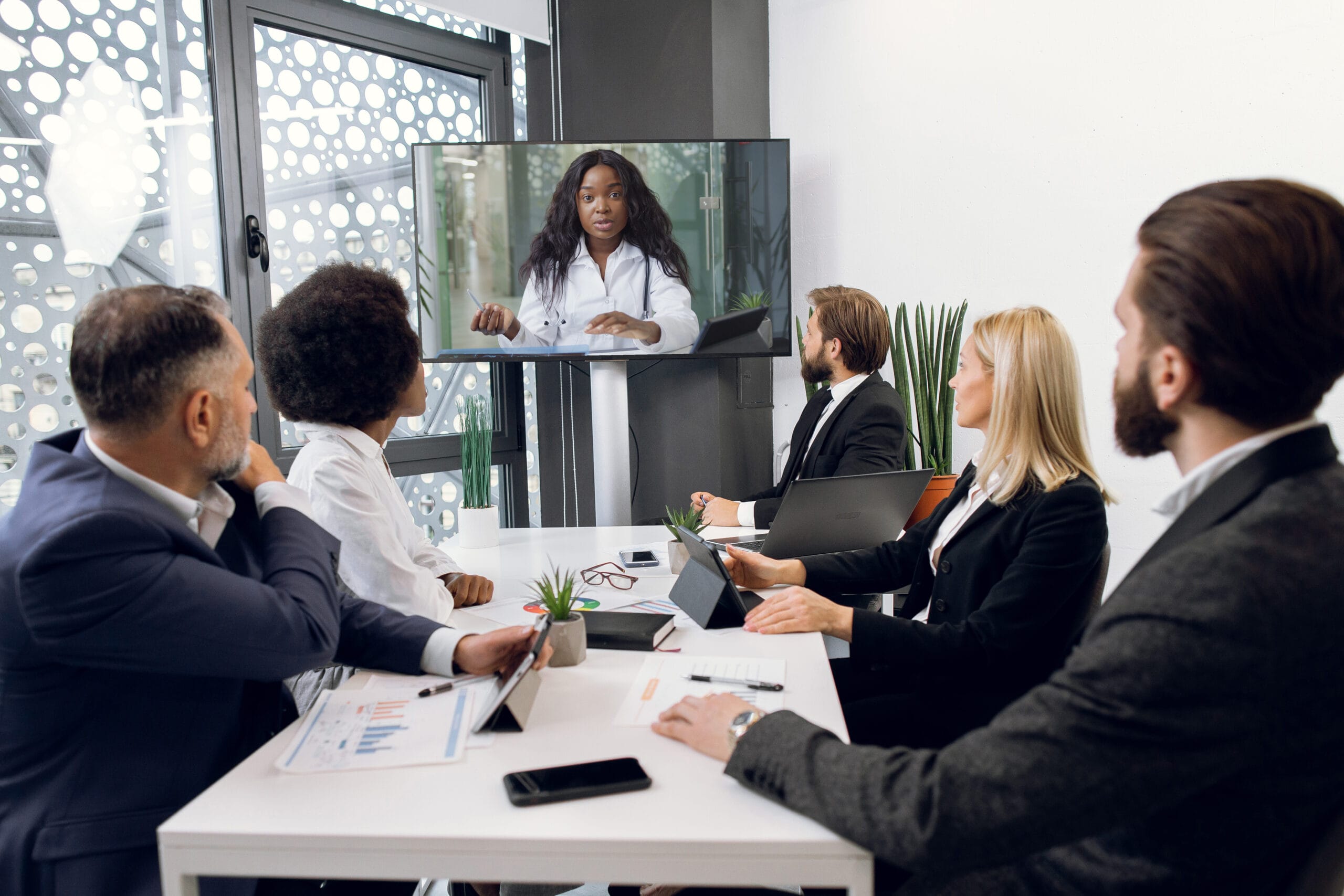The Power of Visuals in Trial Presentations for a Winning Argument
The assimilation of visuals in test presentations has emerged as a critical aspect in efficiently interacting intricate debates to jurors. By utilizing different types of aesthetic aids-- be it diagrams, pictures, or computer animations-- lawyers can improve understanding and retention, ultimately shaping the jury's perception of the instance.
Significance of Visuals in Trials
In lots of legal setups, visuals play a critical role in boosting the performance of test presentations. The integration of aesthetic aspects can significantly affect jurors' understanding and retention of complex info, therefore forming their understandings and choices. Visuals, such as charts, diagrams, and pictures, can streamline intricate narratives, making them more easily accessible and engaging.
Additionally, the human mind procedures visual info extra efficiently than message, which emphasizes the significance of including visuals into lawful debates. By converting thick legal principles into visual styles, lawyers can help with clearer interaction, guaranteeing that bottom lines are not overlooked throughout trials.
Furthermore, visuals offer to involve jurors on a psychological degree, fostering a connection to the case that words alone might stop working to achieve. The critical use visuals can stimulate empathy, motivating jurors to think about the human aspects of the case.
Ultimately, the significance of visuals in trials hinges on their ability to improve clearness, improve juror involvement, and reinforce the story being presented. This potent combination is vital for crafting persuasive arguments that reverberate with jurors and affect the end result of lawful proceedings.
Types of Visuals to Utilize
Effective trial presentations can substantially gain from a variety of visual tools that deal with different facets of the situation. trial presentations. Utilizing diagrams and graphes can successfully damage down intricate information, making it a lot more digestible for jurors. Flowcharts can illustrate the sequence of occasions, while bar charts might succinctly compare pertinent information factors.

Animations and simulations can likewise play a critical duty, particularly in instances including technological data or complex scenarios. These visuals can dynamically represent procedures or actions, supplying quality and interaction that static pictures might not accomplish.
Moreover, infographics combine text and visuals to summarize vital info successfully. They can offer timelines, stats, and substantial case factors in an aesthetically attractive fashion, making it less complicated for jurors to comply with the debate.
Enhancing Understanding and Retention

Enhancing understanding and retention during trial presentations is crucial for ensuring that jurors realize the essential elements of a situation. Visual help act as effective devices hereof, converting complicated details into quickly digestible styles. By making use of charts, representations, and infographics, attorneys can simplify complex information and emphasize crucial factors that may otherwise be neglected.
Studies have shown that people maintain information dramatically much better when it exists aesthetically. This is specifically important in a trial setting, where jurors might be bewildered by the quantity of proof and testimony. By tactically including visuals, lawyers can direct jurors' focus to the most essential elements of the instance, reinforcing their understanding and memory of the product provided.

Creating Involving Discussions
Exciting jurors' focus throughout test discussions is vital for sharing an engaging narrative. Engaging discussions leverage aesthetic aspects to produce an unforgettable experience that resonates with jurors. The strategic use graphics, computer animations, and video clips can illuminate complex details, making it extra obtainable and relatable.

Furthermore, integrating storytelling strategies can boost engagement. Offering evidence in a sensible series that constructs sob story permits jurors to connect with the product on a personal degree. Diverse presentation styles, such as including brief video or interactive aspects, can likewise suffer interest and attention throughout Read Full Report the test.
Inevitably, an appealing presentation fosters a more profound understanding of the case, allowing jurors to much better appreciate the disagreements being provided and leading to an extra favorable result.
Study and Success Stories
Countless situation researches highlight the significant impact of visuals in trial discussions, showing their capacity to influence juror perceptions and eventually the outcomes of instances. For instance, a noteworthy instance entailing an accident insurance claim highlighted exactly how making use of a 3D computer animation of the accident scene made clear complicated information. Jurors reported really feeling even more informed and empathetic, dramatically guiding their decision in support of the complainant.
In another circumstances, a business lawsuits instance utilized infographics to existing economic information and timelines, making detailed information easily accessible. The graph allowed jurors to comprehend the subtleties of the situation better than spoken descriptions alone. trial presentations. As a result, the jury returned a judgment that went beyond the customer's assumptions
Moreover, a criminal defense situation used photographs and video clip proof to develop an alibi. The engaging visuals not just helped in producing uncertainty yet likewise resonated psychologically with jurors, causing a pardon. These success tales underscore the requirement of incorporating visuals right into test presentations, as they improve understanding, retention, and inevitably, the influential see here now power of lawful disagreements. The calculated use visuals is without a doubt changing the landscape of test campaigning for.
Conclusion
To conclude, the critical incorporation of visuals in trial discussions significantly enhances jurors' comprehension and retention of complex information. By using different kinds of visuals, lawyers can properly clear up crucial points and foster emotional links with the target market. Engaging discussions, sustained by compelling study, show the extensive influence that visuals can carry convincing communication. Ultimately, the power of visuals acts as a crucial element in achieving desirable trial results.